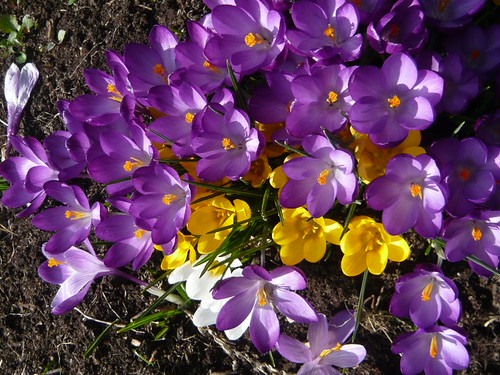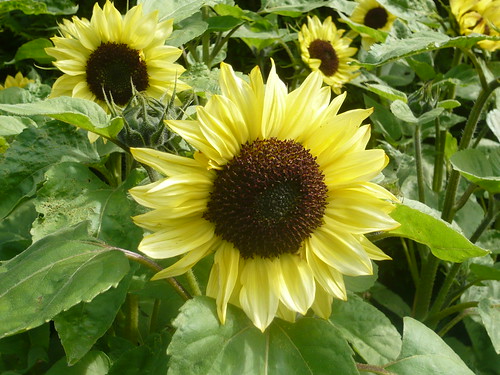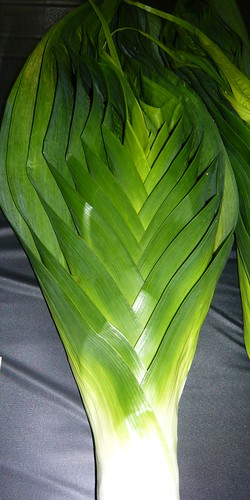Good Soil and How to Get Better Soil
Soil that is fit for purpose will help your plants grow, thrive and even excel.
Some plants need special soils or composts but good general principles are discussed below and this book will provide detailed information.
Purpose of Garden Soil
- Soil provides the base to anchor plants through their roots.
- Good soil holds moisture and air necessary for the health of plant roots.
- Soil feeds plants with nutrients (NPK) and makes other trace elements available.
- Soil recycles dead matter and hosts a variety of life forms.
Features of Good Soil
- Soil consists of “the living, the recently dead and the very dead.â€
- Soil should be able to hold moisture but not become water logged.
- Excess water should drain away and not puddle under the plant. To prevent puddling the sub-soil, or lower layer of soil below cultivation depth, should be broken up and not compacted.
- Humous should be present in soil to hold water and nutrients. This also attracts beneficial worms that aerate the soil and help with decomposition.
- Soil should not be too sandy nor heavy clay.
- Friable soil will easily crumble and produce a fine tilth of cultivatable soil. It also allows water to penetrate the deeper levels of soil.
- Soil can be acidic, neutral or alkaline and this will affect how some plants are able to take up feed. Measured in ph 7.0 is neutral and lower is acidic. Most plants and soil bacteria, prefer slight acidity and a pH of 6.4 to 6.9 – the point where nutrients are most easily available.
- Deeply cultivated soil is better than shallow soil. 12″-24″ would be good.
Specific Soil Problems
- Anaerobic bacteria the rotting kind, tend to multiply at lower pH values. Therefore, more acidic soils below 6.0 ph are susceptible to souring and putrefaction, rather than undergoing the sweet decay processes associated with the decay of organic matter at around 7.0 ph.
- Rose sickness is caused by fungi that grow around the roots and soil of  old roses. Both the fungus and the old roses seem to live quite happily together but when a new rose is planted in the same soil the fungus attacks the new rose and often kills it.
- Replant sickness is another name for Rose sickness and can also affect other members of the Rosacea family including Pears and apples.
- Potato blight & or eel worm affect crops grown in the same soil year after year. Phytophthora blight spores develop on the potato leaves and rain can wash spores into the soil where they infect young tubers. Eelworm is the common names for the Potato Cyst Nematode that live in poor soil and reduce potato crops.
- Club root fungal disease affects Brassicas by swelling the root and preventing moisture and nutrients being taken up.
- Onion White rot is caused by a fungus Sclerotium cepivorum. It rots the roots of Alliums and once soil is infected it lasts for many years in the soil.
Quick Tips to Improve Soil
- Take your time it is not an overnight job. Some allotments plots have taken years to get the soil just right for the crops they are growing.
- Understand the soil type, fertility and ph. You can have your soil professionally tested by RHS for £25-30.
- DIY kits are also available and interpretation advice is available here.
- The addition of seed free, well rotted manure or compost helps all soils. Texture, structure, bio-life, and moisture control all improve.
- Match your soil to the plants you want to grow. Ericaceous plants want an acidic soil, many vegetables, saxifrages and honeysuckles love lime soil.
- You can only modify your soil ph slowly and slightly and it will revert if left. It may be best to build a new bed with the soil you want rather than changing nature.
- Rotate the crops you grow and put goodness back into the soil.
- Maintain good hygiene and do not compost sick plants.
- Do not compact the soil by walking on it when wet.
- Don’t worry about some small stones but remove large ones and incorporate compost instead
Balanced Soil
The living portion of soil is made up of plant roots, and of the numerous microbes and other living organisms that improve soil structure by breaking down organic material.
The recently dead components include deceased soil organisms, green plant material and fresh manures. They decompose readily, and release nutrients quickly.
The very dead portion is humus, the final residue of organic matter breakdown that’s important for soil structure and disease suppression.



